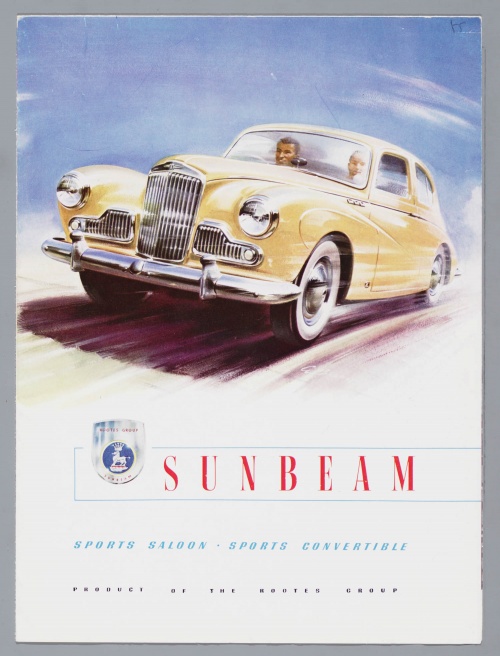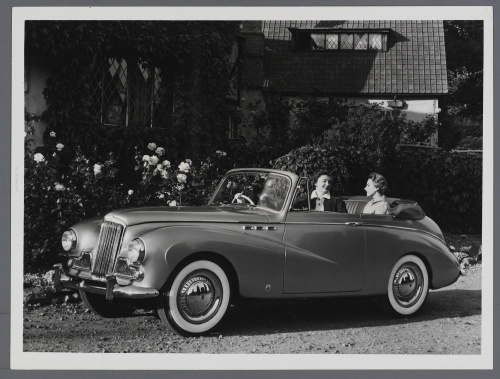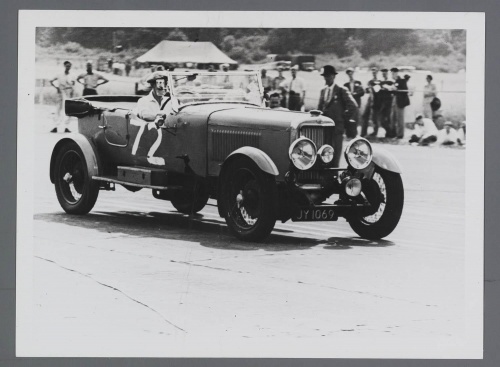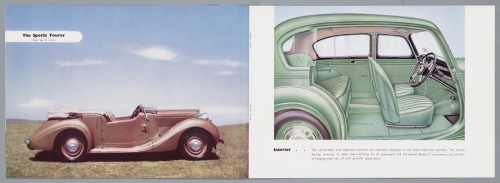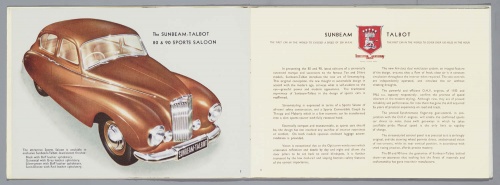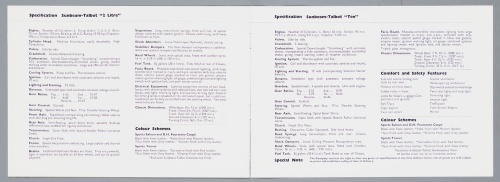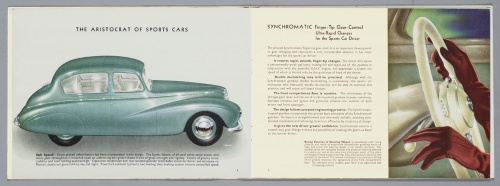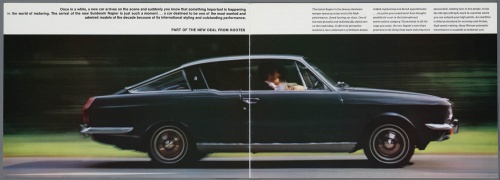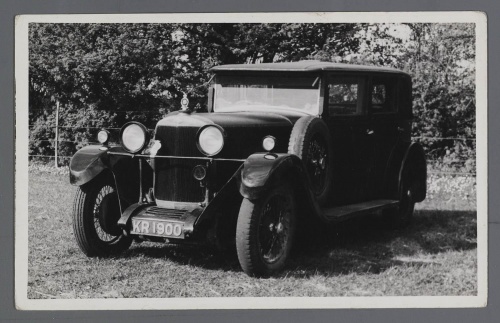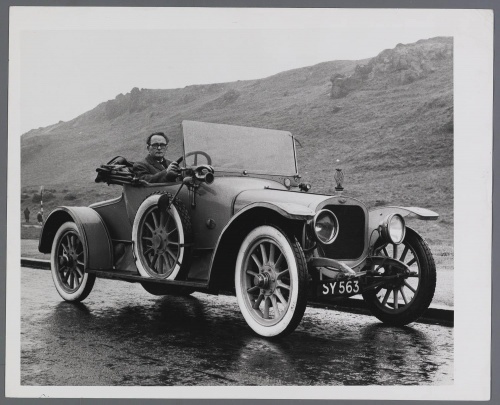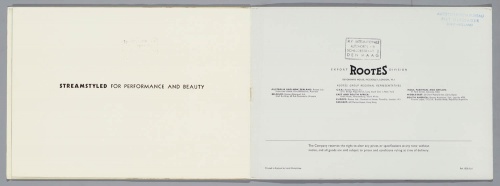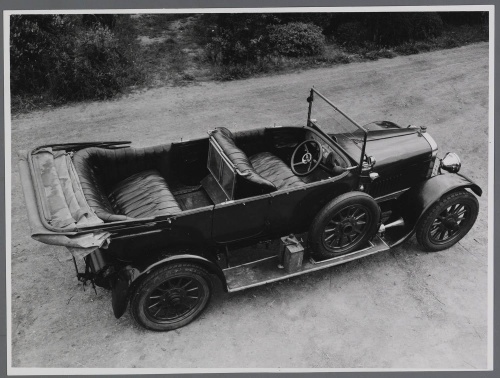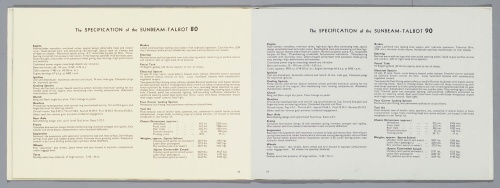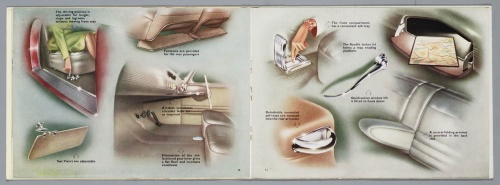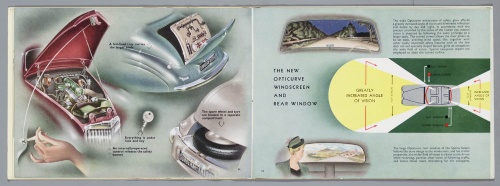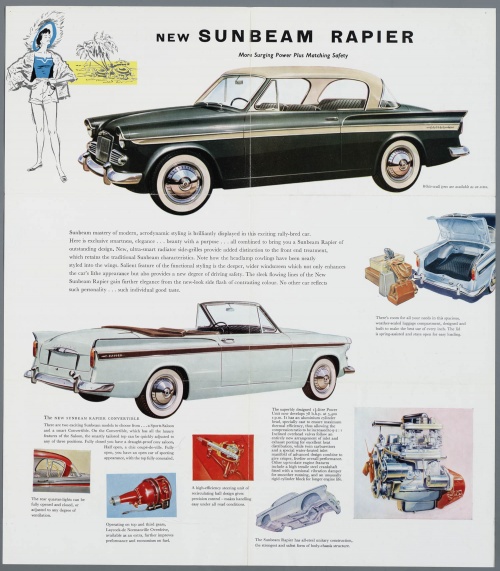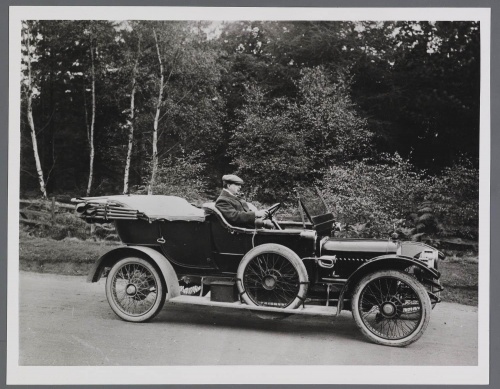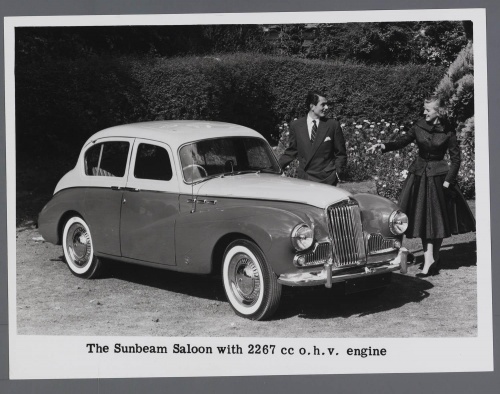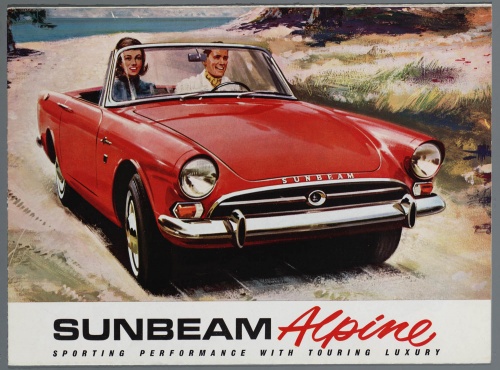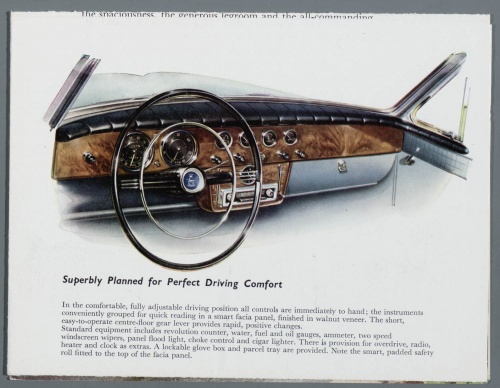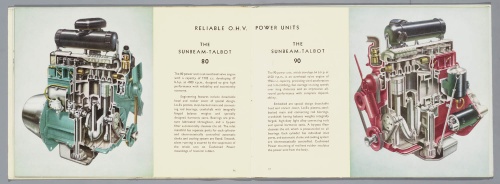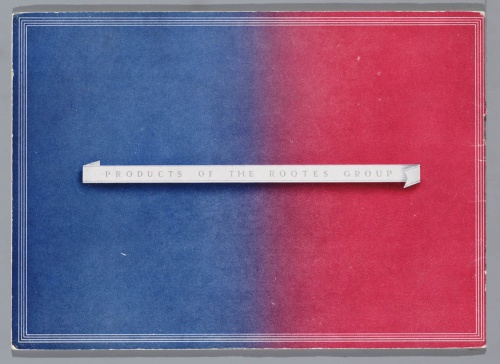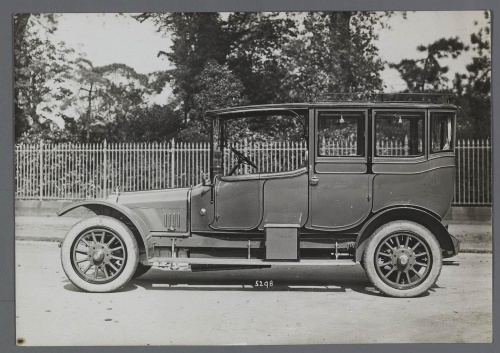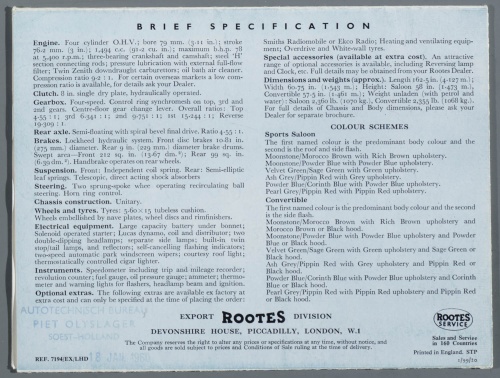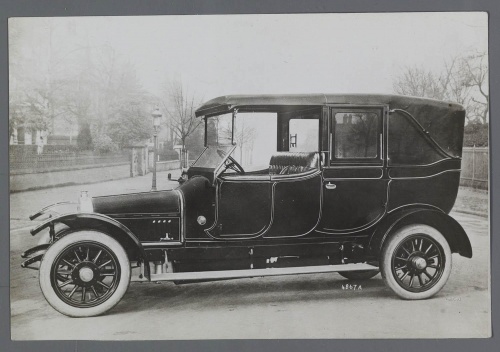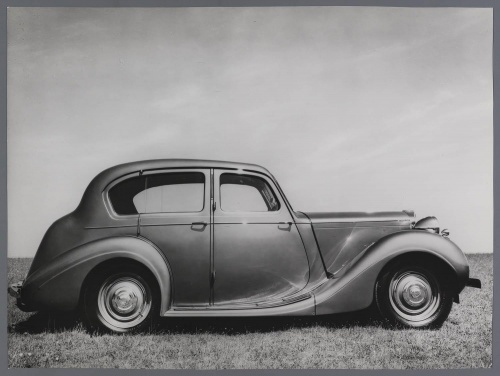Dutch Automotive History (part 55) Salmson, Sunbeam (93 photos)
SALMSON (Paris, France, 1921-1957)
Emil Salmson began his career in the aviation industry. He acquired a license to build radial engines of the Canton-Unne type and founded a company that produced 7- and 9-cylinder aircraft engines. During the First World War, Emil Salmson died, but his business was continued by his sons, who decided to switch to automobile production in 1919.
The first Salmson turned out to be a licensed copy of a light sports car from the English company GN. In 1921, they presented a car of their own design with a 4-cylinder water-cooled engine with a displacement of 1086 cm3, which was developed by Emile Petit, who was involved in the construction of airplanes during the war. A special feature of the model’s engine were hemispherical combustion chambers and a gas distribution mechanism with one pusher rod per cylinder, which, when moving in one direction, actuated the intake valve, and when moving in the opposite direction, the exhaust valve. The engine was locked to a manual 3-speed gearbox. The chain drive of the rear wheels, used on the first car, was replaced by a cardan drive.
At the same time, Petit boosted the engine with an overhead camshaft. In a car equipped with this engine, in 1921, driver Andre Lombard won the Grand Prix among the “voiturettes” at Le Mans. In recognition of his merits, the vehicle received the designation "AL" and from 1922 became the main one in the Salmson program. In 1923, the company decided to begin mass production of a new engine with a displacement of 1194 cm3 with two overhead camshafts, which was installed on a more durable Salmson-D chassis (“10CV”) with rear axle suspension on two quarter-elliptical springs.
In 1925, based on the AL model, the VAL-3 sports car with a front suspension on semi-elliptic springs appeared. The following year, its chassis was strengthened, front drum brakes and a new rear drive axle with differential were installed. This design became the basis for two more sports cars - the Salmson GS (Gran Sport) with a 3-speed gearbox and the GSS (Gran Super Sport) with a 4-speed gearbox.
In the fall of 1929, Salmson released the S-4 series of passenger cars with a 1.3-liter engine with a cast-iron cylinder block and two overhead camshafts. The bodies of the new cars turned out to be too heavy, and therefore the engine displacement of the 1931 S-4C model was increased to 1465 cm3, and the 1936 S-4D model - to 1595 cm3. Both cars were also produced by the English branch of British Salmson in 1934-1939. In 1937, on the long-wheelbase S-4DA model, the engine displacement increased to 1730 cm3. Its development became "S4-61". In the same year, on the S-4E car, the engine displacement reached 2320 cm3. In England, a similar car of the “20/90HP” type was equipped with a 6-cylinder engine of 2590 cm3, but was produced in very small quantities.
After the war, in 1947, Salmson resumed production of the S4-61 and S-4E models. These were slightly revised versions from 1939. In 1951, the company showed the Randonnee sedan with a 2.3-liter engine. In 1951, Salmson developed a new 4-cylinder engine with a displacement of 2217 cm3 with an aluminum cylinder block and cylinder head and two overhead camshafts. It was installed on sedans and convertibles of the new G-72 and E-72 series, as well as on the sports G-85. Special versions of the "G-85" won many victories at rally stages in 1953-1954. In 1955, the elegant Salm-son-23005 convertible was introduced, equipped with a 2.3-liter engine producing 110 hp. It reached a maximum speed of 180 km/h. In 1956, it was planned to launch a modification of the "G-72" series with an extended wheelbase and a new 4-door body, but it never saw the light of day. Outdated machine designs reduced demand. In 1957, the company abandoned further production of cars.
SUNBEAM, SUNBEAM-TALBOT (Wolverhampton/London/Triton-on-Dunsmoor, UK, 1899-1976)
Alderman John Marston began his career making lacquered metal jewelry and later devoted himself to producing Sunbeam bicycles. Two-wheeled vehicles were equipped with a drive chain placed in a closed casing, where it was constantly lubricated by the oil located there. In 1899, Marston began producing automobiles. The first was a simple model with a single-cylinder 4 hp engine. and belt drive of the drive wheels. Two years later, a second prototype was produced, equipped with a 2-cylinder engine. In 1901, a small machine, the Sunbeam-Mabley, designed by the architect Mabberley Smith, went into mass production. The front single wheel was driven by a flat belt from a nearby single-cylinder engine with a displacement of 326 cm3. In the middle part of the car two supporting wheels were attached, between which on the butt
river seats accommodated the driver and passenger. The rear wheel was made steerable.
Soon, Charles Pullinger, who had previously worked at Teste et Moret in Lyon, became the chief designer of Sunbeam. Thanks to good connections with automobile companies in the Lyon industrial region, he acquired a license to manufacture the rather advanced 12HP car from Berliet. The model was equipped with a 4-cylinder engine with a displacement of 2413 cm3 and since 1903 it was sold under the Sunbeam brand. The main feature of the car was the lubricated chain drive of the rear wheels. From 1904 to 1909, Sunbeam offered several models with 4-cylinder engines designed by Angus Shaw. In 1907, the first car with a 6-cylinder engine appeared and remained in the program for four years. The production of self-designed machines began in 1909, when the famous designer Louis Coatalen, having left the Hillman company, switched to Sunbeam. His first model was the “14/18HP” with a 4-cylinder engine of 3402 cm3, although the Sunbeam management was inclined to use a 3-cylinder unit.
Kotalen was convinced that the quality of cars could be improved by testing them in races. He built the powerful racing Nautilus, which competed at Brookland in 1910. The car had an aerodynamic body and an overhead valve engine. However, the greatest success in sports was achieved by the ordinary production car "12/16HP" with a 4-cylinder engine with side valves, which became a development of the French "Berlier". In 1912, three of these Sunbeams took prizes in the Vois-Turette Cup race. At the same time, a motor was built specifically for racing cars, equipped with two overhead camshafts modeled on the engines of Peugeot cars. The most successful model, the 12/16HP, remained in the program until 1921, and during the First World War it was also produced by Rover. At the same time, Sunbeam offered four more models with 4- and 6-cylinder engines with a displacement of 3.0-6.1 liters.
In 1920, Sunbeam acquired the British firm Talbot-Darracq, forming the Sunbeam-Talbot-Darracq (STD) group. Two years later, the outdated "16HP" and "24HP" models were modernized and received overhead valve engines. In 1924, the “16/50HP” model with a 6-cylinder 2.5-liter engine was born. By this time, the company had developed vigorous activity in motorsport. Its new cars were considered the most advanced; they received the nickname “green FIATs” for their specific coloring. In 1923, driver Segrave made British motorsport history by winning the French Grand Prix for the first time at Sunbeam. That same year, Divo won the Spanish Grand Prix, and a year later it went to Seagrave.
Participation in racing influenced the further technical development of Sunbeam passenger cars. A typical example is the sports Sunbeam-3L with a 6-cylinder engine of 2916 cm3, produced in small quantities in 1925-1931. All other passenger cars with 6-cylinder engines with a displacement of 2.2-3.3 liters, which Sunbeam produced in the 30s, were equipped with conventional units, but their quality was much higher than that of competitors. A relative failure in 1934 befell the lightweight "Dawn" with a 4-cylinder overhead valve 1.6-liter engine and a gear preselector. Its body turned out to be too heavy for the 49-horsepower engine. Introduced in 1933, the Speed car with a 2.9-liter engine, according to Kotalen, was supposed to become the main competitor to the sports Talbot 105. But both cars were not destined to compete for long. The global economic crisis hit Sunbeam and the STD group hard, which, having lost effective leadership in 1935, was forced to temporarily cease production. It was bought by the Rootes company, and only in 1939 a new brand, Sunbeam-Talbot, appeared, representing modified versions of machines from other companies - Hillman and Humber.
The new management of Sunbeam-Talbot intended to launch a new model based on the Hillman-14HP in 1940, but its mass production began only after the end of the Second World War. At the same time, the program included a light car "Ten" (Tep) based on the old "Hillman Minx" (Minx). Only in 1948 did Sunbeam manage to reassert itself by releasing fairly advanced models “80” and “90”, equipped with overhead valve 4-cylinder engines of 1185 and 1944 cm3. The gear shift lever was located on the steering column, and the windshield folded forward. "Sunbeam-Talbot-80" was produced for only 3 years; the "90" model lasted much longer on the assembly line.
With the advent of the sports Sunbeam 90 in 1953, called Alpine, the company returned to big-time motorsport. The name "Alpin" appeared after the team victory"
Sunbeam" in the Alpine rallies of 1948 and 1952. In 1956, the popular sedan "Sunbeam Rapier" was released. At first it was equipped with a 1.4-liter engine, the volume of which was later increased to 1.5 liters. The first version of the "Alpina" "with a high chrome radiator in 1959 received elegant cabriolet and coupe bodies with a characteristic oval air intake. They were produced until 1968 in 5 versions and were equipped with engines with a displacement of 1494 to 1725 cm3. Since 1964, a more powerful one was manufactured on the Alpina basis "Tiger" variant, equipped with a 4.3-liter V8 engine. All subsequent models were only modernized versions of the Ruthe company cars. Introduced in 1967, the "Sunbeam Stiletto" turned out to be a variant of the "Hillman Imp" (Imp ) with a fastback body, and the new Rapier, which appeared the next year, clearly resembled the Stiletto. The last models of the company were Imp Sport and Rapier, discontinued in 1976.
In 1970, the Rute company became part of the American Chrysler Corporation.
